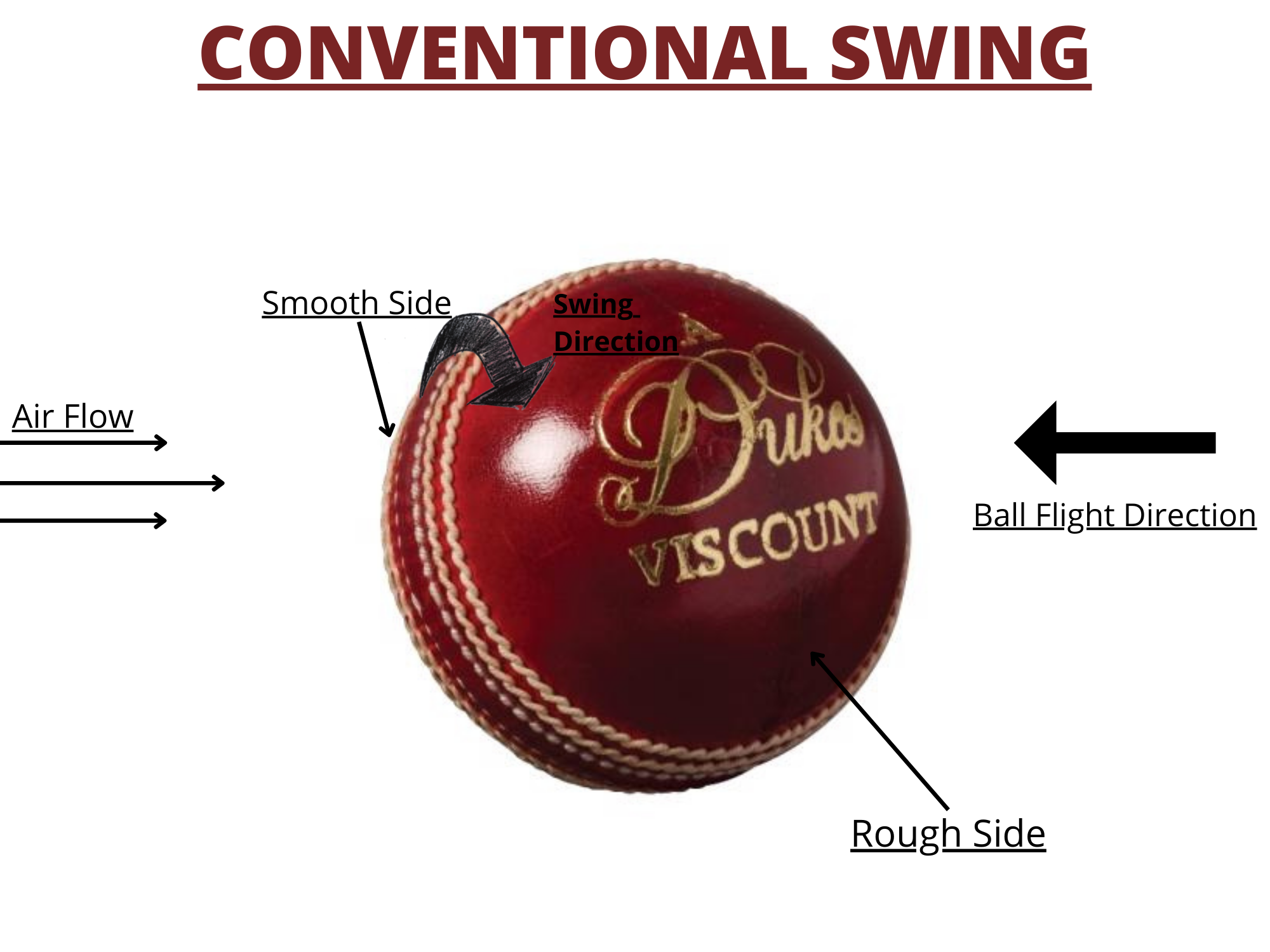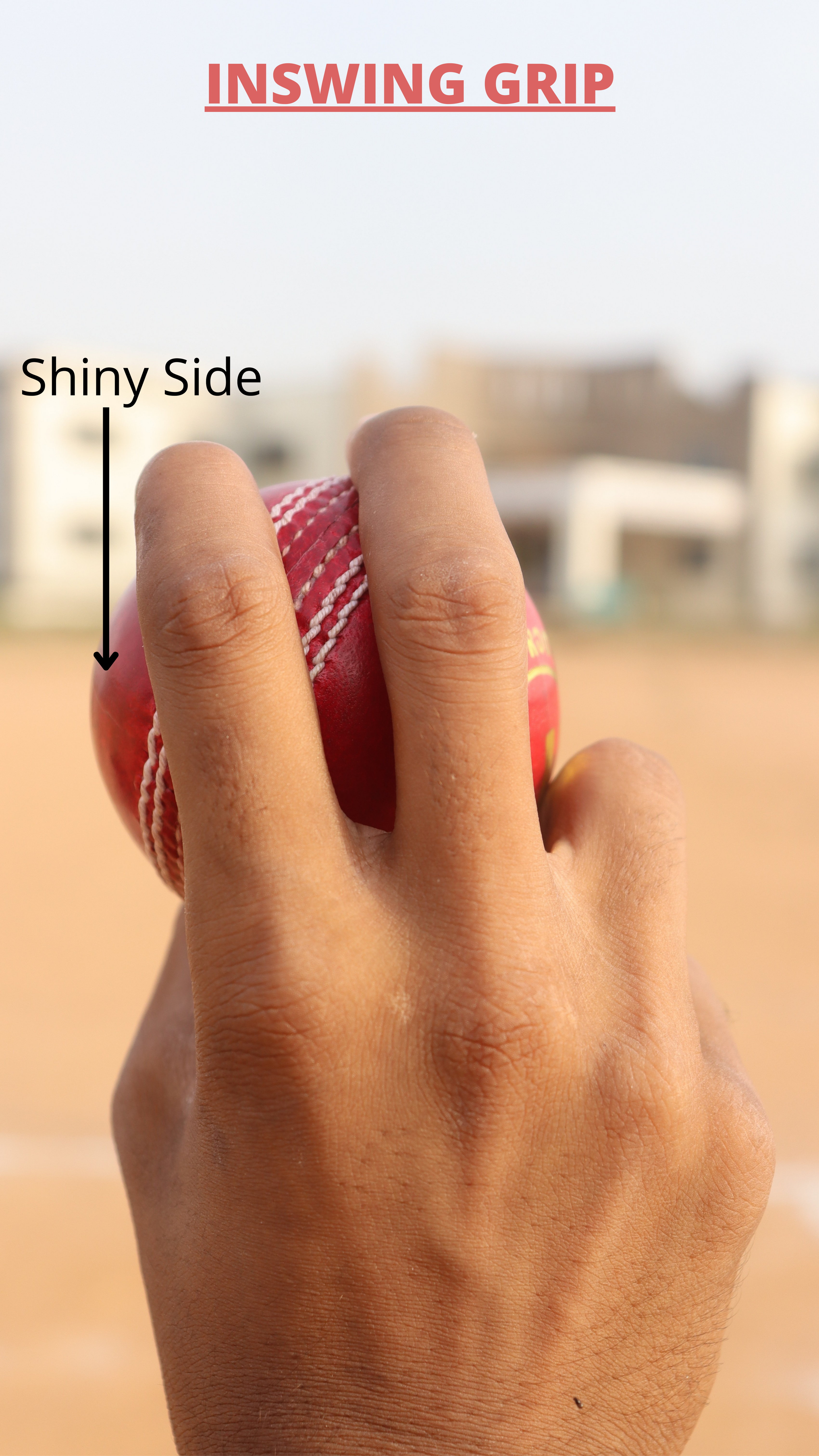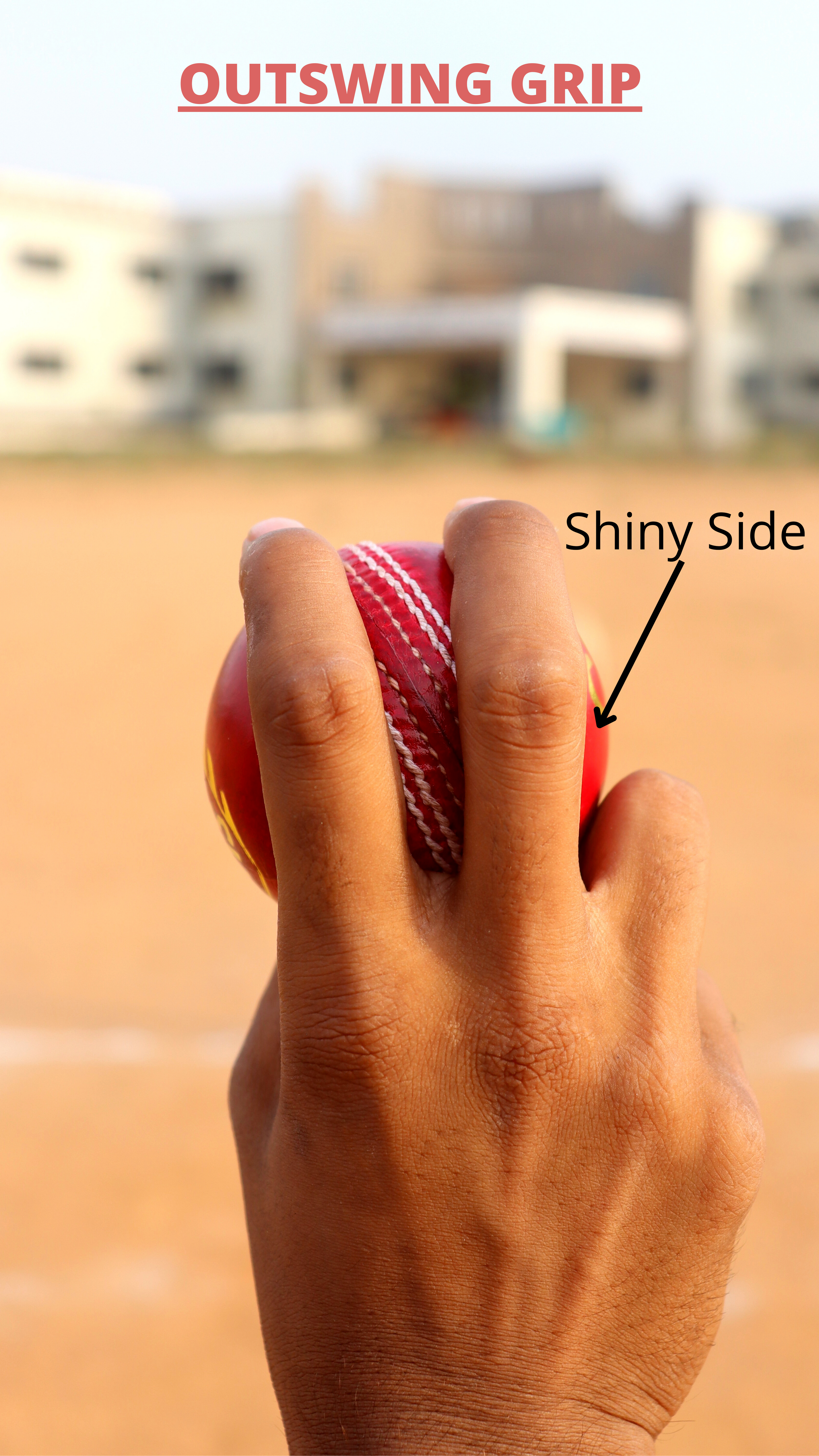


Swing bowling is one of the most peculiar and fascinating art in the game of cricket. The mid-air deviation of the cricket ball from its initial path has always left spectators in awe. But the amount of science that is behind it is seldom unnoticed. Generally there are three kinds of swing: conventional swing, reverse swing and contrast swing.
Conventional swing is the earliest form of swing that was discovered in the game of cricket. It favors the red cricket ball over the white one. The direction in which the ball would swing conventionally is determined by the position of the seam of the ball. Fast bowlers in cricket make the ball swing with judicious use of the primary seam. It is said that this type of swing came into existence around the turn of the century, but historical references point towards its beinghood well before that time. Around the late 19th century, people had realized about it and there is enough evidence of bowlers from that era using it that point towards its existence.

In conventional swing, the ball is released with the seam at an angle to the initial line of flight. Over a certain range of the Reynolds number, the seam trips the laminar boundary layer into turbulence on one side of the ball while the non-seam side remains laminar. Since air on the turbulent side of the ball travels comparatively faster than the laminar side, there is an increase in speed of a fluid which by Bernoulli’s principle should result in a decrease of static pressure. In other words, the turbulent side separates much later than the laminar side thus creating a pressure differential with the top being the low-pressure region and the bottom the high-pressure region which creates a side force which in turn causes the ball to swing in the same direction as the seam is pointing.

Whenever a cricket ball is bowled there is always going to be some backspin imparted to it as the ball rolls-off the fingers when it is released. This backspin spin helps in conserving the angular momentum of the ball. The ball is usually held along the seam so that the backspin is also imparted along the seam as the ball spins about an axis perpendicular to the plane of the seam. For the ball to be able to swing properly, it should be released with minimal wobble along the seam as a wobbled seam will not be able to produce the necessary asymmetric orientation of pressure and consequently not the separation either.


There are two types of conventional swing: outswing and inswing. When the angle of the seam is pointing towards a right-handed batsman's first slip, it causes the ball to swing conventionally away from the batsman, this phenomenon is known as outswing. While when the seam of the ball is pointing towards a right-handed batsman’s leg-slip, it causes the ball to swing conventionally into a right hander thus causing inswing.
Since a laminar separation is the key to achieving conventional swing, one must keep the side of the ball that is facing the batsman as smooth as possible. That's the reason why we often see bowling sides in cricket trying to polish the ball by using mints and saliva so that they could keep the ball shiny for much longer periods of time. Also, in order to achieve conventional swing, one must be bowling at certain speed levels. If that speed limit is exceeded, the boundary layer on the bottom side of the ball begins towards transition, the asymmetry between the two sides lessens and consequently and so does the amount of swing.
Hence, we learn that keeping one side of the ball shiny and bowling it at certain speed levels are two necessary conditions for one to be able to swing the ball conventionally. But what happens when one side of the ball is roughed up relatively early? What would happen if someone bowls at a speed level that exceeds the critical speed limit for conventional swing? The answer to that is reverse swing.